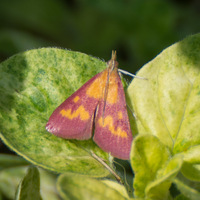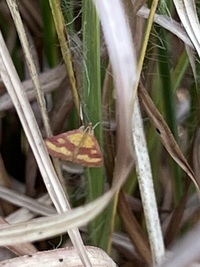
| Recorded by: Cami Gregg on 2025-10-05
Moore Co.
Comment: | 
| Recorded by: R. Newman on 2025-10-04
Carteret Co.
Comment: |
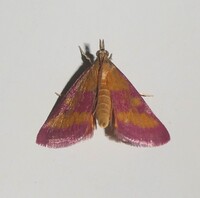
| Recorded by: Simpson Eason on 2025-09-23
Durham Co.
Comment: | 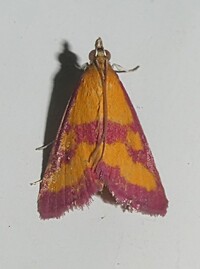
| Recorded by: Simpson Eason on 2025-09-06
Durham Co.
Comment: |

| Recorded by:
R. Newman on 2025-08-28
Carteret Co.
Comment: | 
| Recorded by: R. Newman on 2025-07-20
Carteret Co.
Comment: |

| Recorded by: R. Newman on 2024-09-13
Carteret Co.
Comment: | 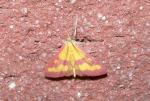
| Recorded by: R. Newman on 2024-09-02
Carteret Co.
Comment: |
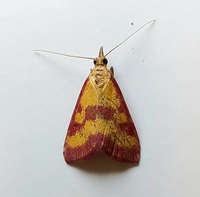
| Recorded by: Mark Basinger on 2024-09-01
Brunswick Co.
Comment: | 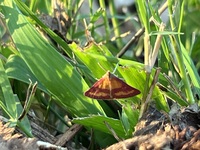
| Recorded by: Clark D. Tew on 2024-08-29
Iredell Co.
Comment: |
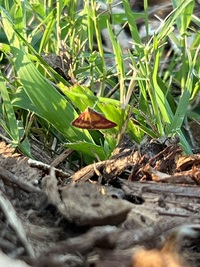
| Recorded by: Clark D. Tew on 2024-08-29
Iredell Co.
Comment: | 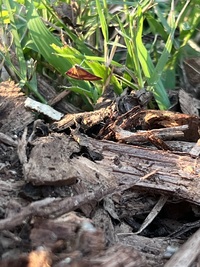
| Recorded by: Clark D. Tew on 2024-08-29
Iredell Co.
Comment: |

| Recorded by: R. Newman on 2024-08-14
Carteret Co.
Comment: | 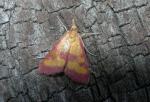
| Recorded by: R. Newman on 2024-06-14
Carteret Co.
Comment: |
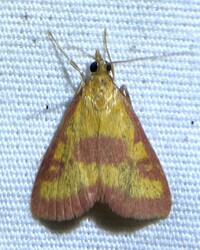
| Recorded by: Dean Furbish on 2024-05-11
Pender Co.
Comment: | 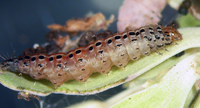
| Recorded by: J.B. Sullivan on 2023-09-19
Carteret Co.
Comment: Larvae on 2023-09-19 (13 mm) in flower heads of Monarda punctata; two adults emerged on 2023-09-27 |
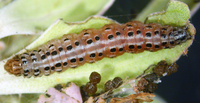
| Recorded by: J.B. Sullivan on 2023-09-19
Carteret Co.
Comment: Larvae on 2023-09-19 (13 mm) in flower heads of Monarda punctata; two adults emerged on 2023-09-27 | 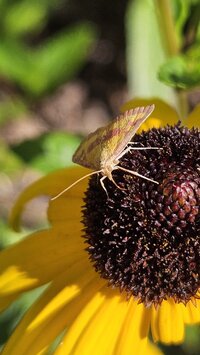
| Recorded by: Terrell Tucker on 2023-08-19
Moore Co.
Comment: |
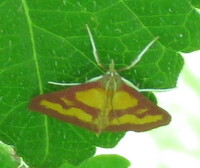
| Recorded by: Salman Abdulali on 2023-08-12
Pitt Co.
Comment: | 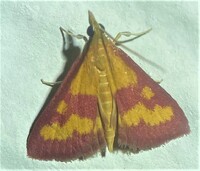
| Recorded by: Dean Furbish on 2023-07-24
Wake Co.
Comment: |
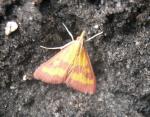
| Recorded by: R. Newman on 2023-07-22
Carteret Co.
Comment: | 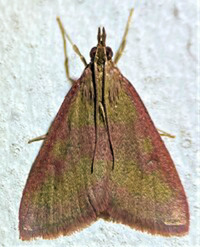
| Recorded by: Dean Furbish on 2023-02-20
Wake Co.
Comment: |
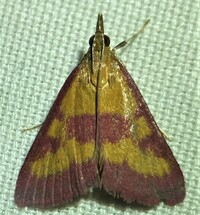
| Recorded by: Dean Furbish on 2022-10-01
Wake Co.
Comment: | 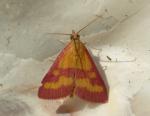
| Recorded by: R. Newman on 2022-09-21
Carteret Co.
Comment: |
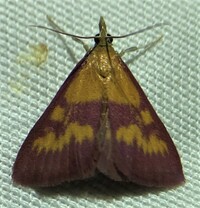
| Recorded by: Dean Furbish on 2022-06-18
Wake Co.
Comment: | 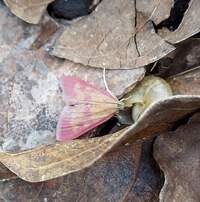
| Recorded by: Mark Basinger on 2021-10-10
Brunswick Co.
Comment: |
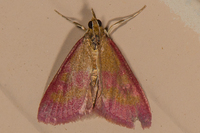
| Recorded by: David L. Heavner on 2021-09-24
Chatham Co.
Comment: | 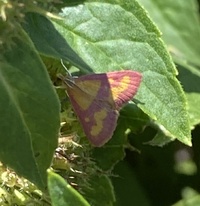
| Recorded by: David George on 2021-09-02
Wake Co.
Comment: |
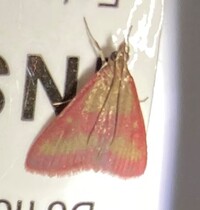
| Recorded by: Dean Furbish on 2021-04-06
Wake Co.
Comment: | 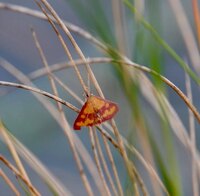
| Recorded by: Morganne Bowers on 2020-09-13
Onslow Co.
Comment: |
|

 »
»